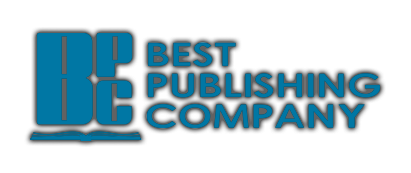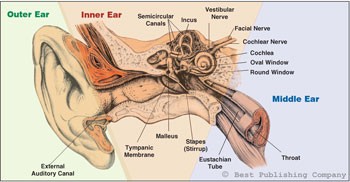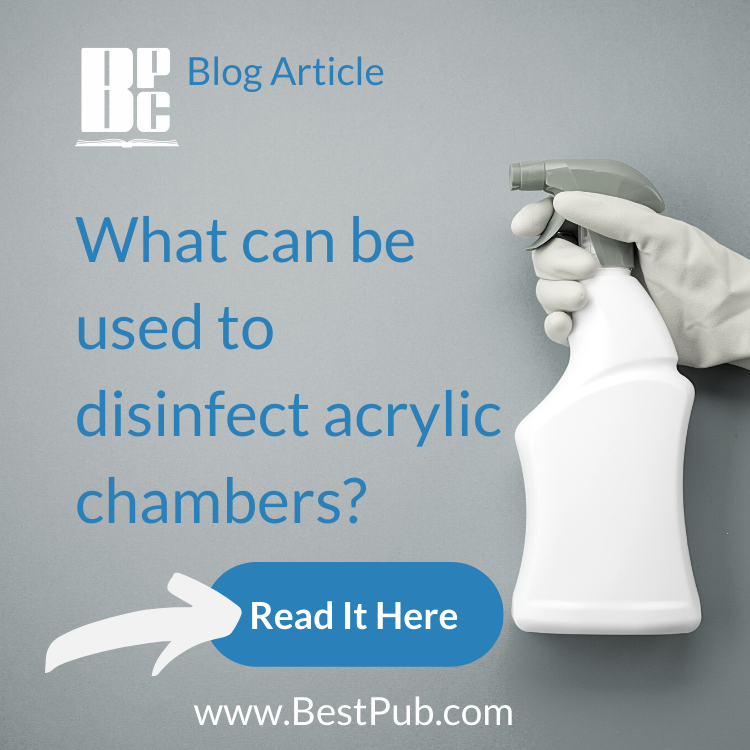NEW RELEASE- Hyperbaric Medicine Practice 5th Edition
Holiday Customer Support Closure
Please note that our customer support will be closed for the holidays starting December 24th through January 4th.
DEPTH Blog
Sinus and internal and external ear disorders are the most common side effects of hyperbaric oxygen therapy (HBO2).1 These spaces are the cranium’s pneumatic sockets and, particularly those of the middle and inner ear, are most frequently involved in the pressure stress caused by compression and decompression maneuvers during exposure to altered pressures in the hyperbaric chamber. Barotrauma is the mechanical tissue damage produced by environmental pressure variation, and the middle ear is the most frequently involved structure in this kind of damage. According to Boyle’s law (the product of pressure and volume is a constant for a given mass of confined gas) it is easy to understand why all enclosed air cavities are more susceptible to this kind of lesion. Barotraumas can occur due to an increase or decrease of gas volume. To avoid gas volume decrease during the compression phase, the patient must perform some compensatory maneuvers aimed at inhaling and forcing gas (air or oxygen) into the nasal and sinus cavities. During decompression in the chamber or even underwater, the body’s gas expands and is expelled from cavities to the outside, usually without any active maneuver. It is essential to teach the patient about the functions of the hyperbaric chamber and the correct maneuvers of baro compensation. In this article, we will describe the main barotraumas that can occur during hyperbaric oxygen therapy.
Copyright
© Best Publishing Company. This article first appeared in Wound Care & Hyperbaric Medicine Magazine Vol 6 Issue 1 (Spring), 2015.
February is Heart Month and to support the movement we have teamed up with our sister company, Wound Care Education Partners, to bring you valuable resources and discounts. We invite you to learn more about cardiac issues as related to hyperbaric and undersea medicine and take advantage of these free and discounted resources on the topic.
This week we continue our series on the published works of Dr. Eric P. Kindwall, the "Father of Hyperbaric Medicine," by looking at the risk factors and symptoms of oxygen toxicity. We invite you to dive into this topic with us and take advantage of these free goodies...
Copyright
© Best Publishing Company. This article first appeared in Wound Care & Hyperbaric Medicine Magazine Vol 6 Issue 1 (Spring), 2015.







